The Battle of Yorktown was one of the most important battles of the American Revolutionary War. It took place in 1781 and ended with American and French forces, led by George Washington and Comte de Rochambeau respectively, decisively defeating a British army commanded by Lord Cornwallis. Know more about this historic battle through these 10 interesting facts.
#1 ROCHAMBEAU ACCEPTED WASHINGTON AS THE LEADER
On July 6, 1781 the French and American armies met near New York City. Although Rochambeau had almost 40 years of warfare experience, he told Washington that he had come to serve and not to command and he never challenged Washington’s authority during the campaign.
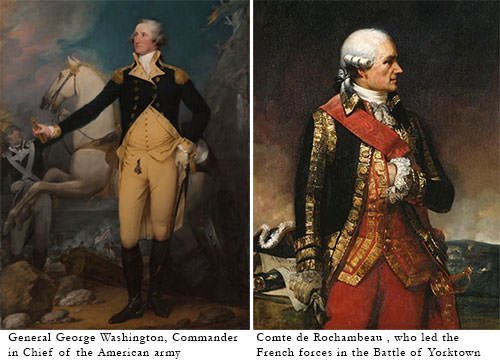
#2 THE ROUTE OF THE MARCH IS NOW A NATIONAL HISTORIC TRAIL
On August 19, 3000 American soldiers under George Washington and 4000 French soldiers under Comte de Rochambeau marched from Newport, Rhode Island, to Yorktown, Virginia. The march is now known as the Celebrated March and the route is a designated US National Historic Trail known as Washington–Rochambeau Revolutionary Route (W3R).
#3 WASHINGTON TRICKED CLINTON TO BELIEVE THAT HE WOULDN’T ATTACK YORKTOWN
During the Celebrated March, Washington send out fake dispatches to make the British Commander-in-Chief, Henry Clinton, believe that his army was going to attack New York. This convinced Clinton that Lord Cornwallis in Yorktown was not in any danger.
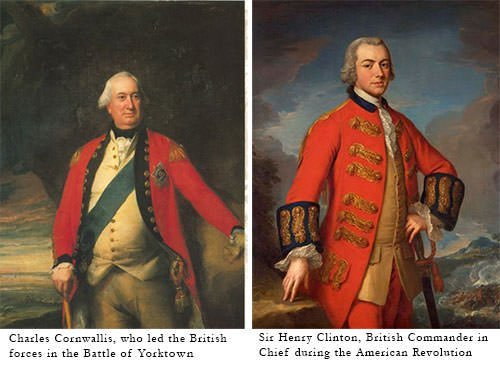
#4 BATTLE OF THE CHESAPEAKE HUGELY INFLUENCED IT
On September 5, French fleet under Admiral Comte de Grasse defeated British fleet led by Sir Thomas Graves at Battle of the Chesapeake. This ensured that the British navy couldn’t reinforce the forces of Lord Cornwallis and it also blocked any possibility of British escaping by sea from Yorktown.
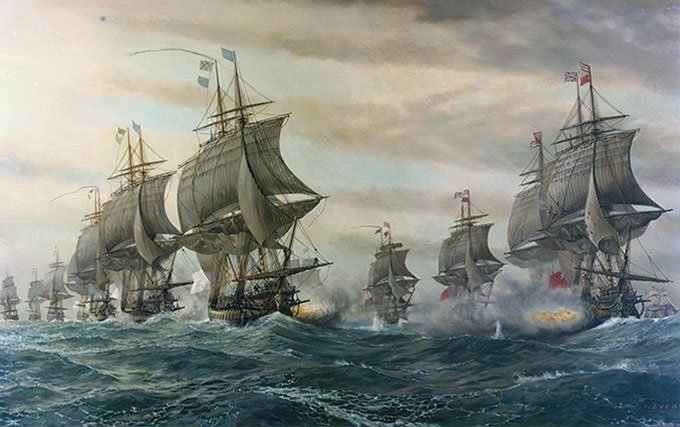
#5 THE BRITISH WERE OUTNUMBERED BY ABOUT 2:1
On September 28, Washington completed encircled Yorktown with a Franco-American army of over 17,000 and began the siege known as the Battle of Yorktown against a contingent of 9,000 British troops led by Lord Cornwallis. After non-stop bombardment from Franco-American forces, no hope of reinforcements and inadequate supplies of artillery ammunition and food, Cornwallis realized that the situation was hopeless. On the morning of October 17, the British showed the white flag. The battle lasted for 20 days.
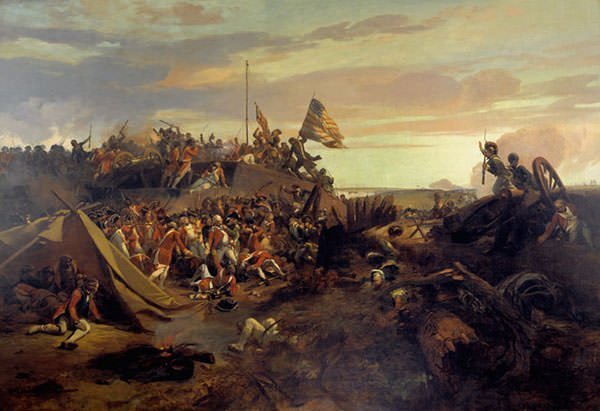
#6 WASHINGTON DENIED BRITISH SOLDIERS HONORS OF WAR
On October 19, the articles of capitulation were signed. The British asked for traditional Honors of War like marching out with dignity, flags waving etc. Remembering that the British had refused the Americans the same privilege on taking Charleston earlier in the war, Washington denied their request firmly. Legend says that the British band played “The world turned upside down” as the troops marched out to surrender.
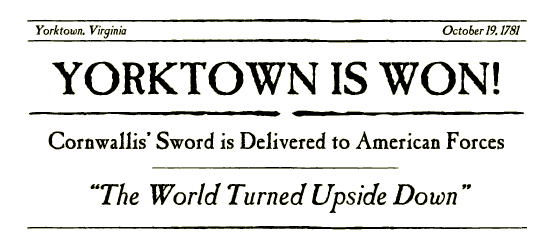
#7 CORNWALLIS CLAIMED ILLNESS TO SKIP THE CEREMONY OF SURRENDER
Lord Cornwallis refused to formally meet George Washington and didn’t come to the ceremony of surrender claiming that he was ill. He sent Brigadier General Charles O’Hara to present the sword of surrender to Rochambeau. Rochambeau pointed to Washington but when O’Hara offered it to Washington; he refused to accept it and instead told his second in command, Benjamin Lincoln, to accept it.
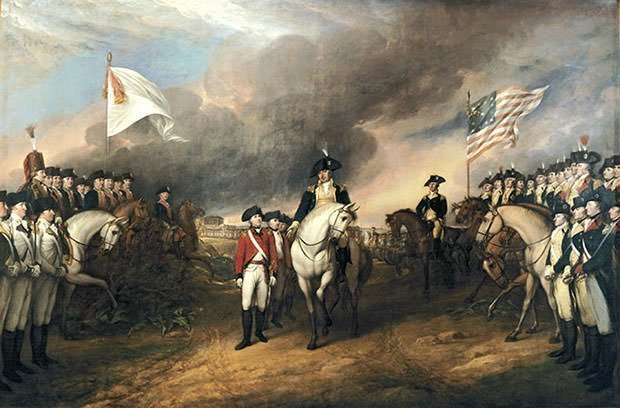
#8 IT WAS THE DECISIVE LAND BATTLE OF THE WAR
The Battle of Yorktown was the last major land battle of the American Revolutionary War. The defeat led the British government to negotiate an end to the conflict. In 1782, peace negotiations began and on September 3, 1783 United States was recognized as a free and independent nation after signing of the Treaty of Paris.
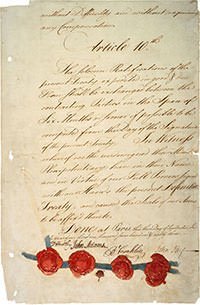
#9 MALARIA PLAYED A PART IN THE BATTLE
Malaria was endemic in Virginia during the time of the battle and British army suffered due to the disease. According to Cornwallis half of his army was unable to fight due to malaria. The Americans, on the other hand, had grown up with malaria and developed resistance to it. While the French didn’t exhibit its symptoms before the surrender, as malaria has a month long incubation period.

#10 SOME GERMAN HISTORIANS CALL IT ‘THE GERMAN BATTLE’
Some German historiographies call the Siege of Yorktown as ‘the German battle’ because Germans accounted for nearly one-third of the total soldiers involved from all the three armies. Around 2500 German soldiers served in the British and French armies and Washington’s army comprised of more than 3000 German-Americans.

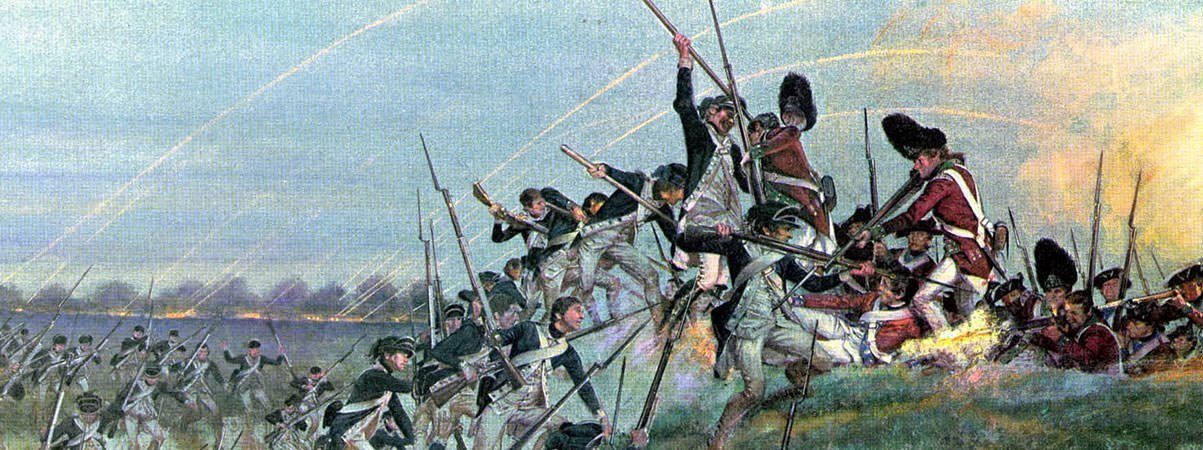
it was very useful for school
Happy to help.
God using this for NHD and its so stressful. This helped though